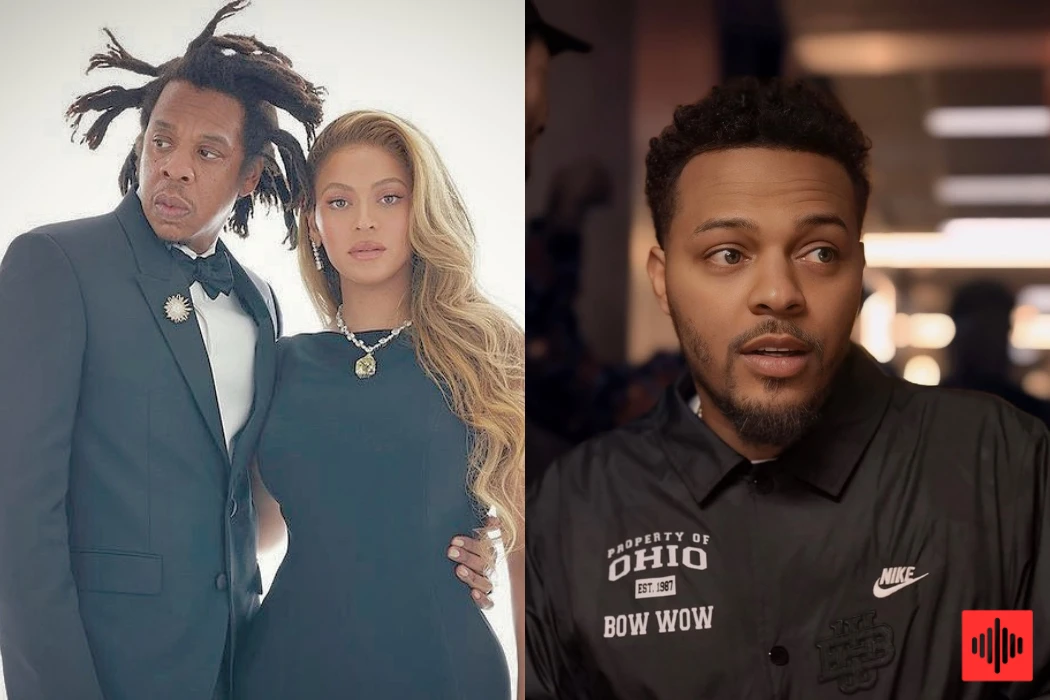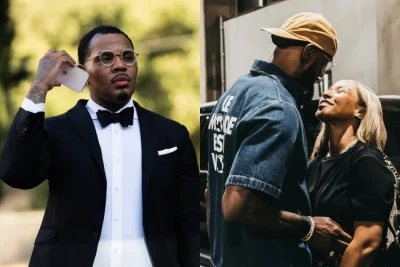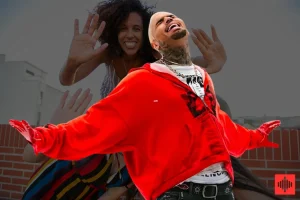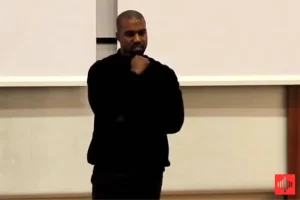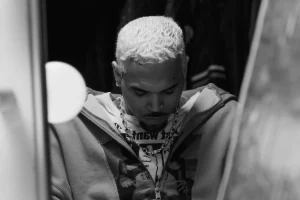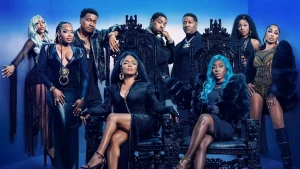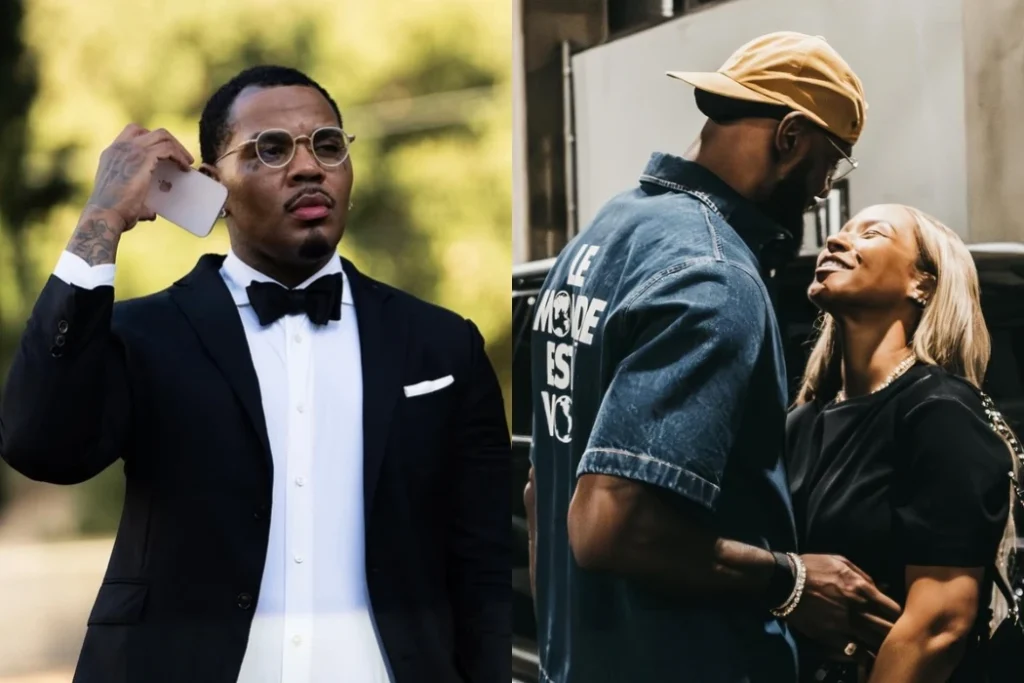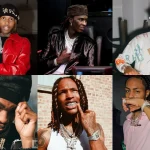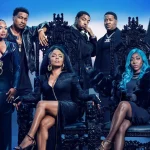The #MeToo movement has undeniably transformed cultural conversations, empowering countless women to confront past abusers and hold them accountable. High-profile cases, such as those involving Harvey Weinstein and Bill Cosby, have accentuated the movement’s impact. However, amidst this necessary reckoning, a less discussed narrative persists: instances where men are victims of abuse, often overshadowed or dismissed due to looming societal biases.
The Bow Wow Incident: A Case in Point
In February 2019, rapper and actor Shad “Bow Wow” Moss and his then-girlfriend, Leslie Holden, were both arrested in Atlanta following a physical altercation. Police reports indicated that both parties sustained minor injuries, and authorities were unable to determine the primary aggressor, leading to both being charged with battery. Bow Wow’s legal representative asserted that Holden was the primary aggressor, highlighting visible injuries on Bow Wow’s face in the released mugshots. This incident sparked discussions about gender biases in domestic violence situations, especially when the male is the victim.
Lisa “Left Eye” Lopes and the Arson Incident
Another notable case involves the late Lisa “Left Eye” Lopes of the iconic R&B group TLC. In 1994, Lopes set fire to the mansion of her then-boyfriend, NFL player Andre Rison, following an explosive argument. The fire destroyed the $1.3 million property, leading to Lopes’ arrest and a subsequent sentence of probation and therapy. While the incident was widely publicized, conversations often centered around Lopes’ troubled past rather than framing Rison as a victim of domestic violence.
Jay-Z: The Elevator Incident and False Accusation
In 2014, surveillance footage surfaced showing Solange Knowles, sister of Beyoncé, physically attacking rapper Shawn “Jay-Z” Carter in an elevator. The video depicted Solange kicking and swinging at Jay-Z while he refrained from retaliating. The incident became fuel for tabloids, with many making light of the situation or speculating about the reasons behind the altercation rather than addressing the evident physical assault on Jay-Z.
Also, in December 2024, Jay-Z faced a civil lawsuit accusing him and Sean “Diddy” Combs of raping a 13-year-old girl at a 2000 MTV Video Music Awards after-party. Jay-Z vehemently denied the allegations, labeling them as a blackmail attempt. In February 2025, the lawsuit was dismissed with prejudice, meaning it cannot be refiled. Subsequently, Jay-Z filed a defamation lawsuit against the accuser and her attorneys, asserting that the false allegations caused significant harm to his reputation and career. Recently, audio recordings have surfaced in which the accuser admits that Jay-Z did not assault her and alleges that her attorney, Tony Buzbee, coerced her into making the false claims. Buzbee has denied these allegations, stating that the tape is a fabrication and asserting that the accuser maintains her allegations against Jay-Z.
Terry Crews: Shedding Light on Male Victimization
In October 2017, actor and former NFL player Terry Crews publicly shared his experience of being sexually assaulted by a high-level Hollywood executive. Crews revealed that in 2016, during an industry event, he was groped by Adam Venit, head of the motion picture department at the talent agency William Morris Endeavor (WME). Despite the incident occurring in a public setting and in the presence of his wife, Crews felt powerless to react due to potential career repercussions. He later filed a lawsuit against Venit and WME, which was settled in September 2018. Crews’ decision to come forward highlighted the often-overlooked issue of male victims of sexual assault and the challenges they face in reporting such incidents.
Statistical Landscape of Male Victimization
While domestic violence is often portrayed with female victims, data indicates that men also frequently find themselves on the receiving end. The National Intimate Partner and Sexual Violence Survey reveals that approximately 1 in 4 men have experienced some form of physical violence by an intimate partner. Data from the Office for National Statistics (UK) indicates that about 700,000 men reported being victims of domestic abuse in 2019.
Despite these figures, male victims often face societal stigmas, leading to underreporting and a lack of support services tailored to their needs.
The “#HimToo” Movement: A Call for Recognition
In response to the #MeToo movement, discussions about a “#HimToo” movement have emerged, aiming to shed light on male victims of abuse and false accusations. The movement seeks to:
- Raise Awareness: Highlight the prevalence of male victimization in domestic and sexual violence cases.
- Challenge Stigmas: Address societal perceptions that discourage men from speaking out about their experiences.
- Advocate for Support: Push for resources and support systems designed explicitly for male victims.
False Accusations: A Double-Edged Sword
While the majority of abuse allegations are genuine, false accusations remain a concern, with potential motives including financial gain, revenge, or custody battles. False allegations can have severe consequences, tarnishing reputations and leading to unjust legal repercussions. Notable cases include:
- Brian Banks: A promising football star who spent five years in prison after a false rape accusation, only to be exonerated years later.
- The Duke Lacrosse Case: In 2006, members of the Duke University lacrosse team were falsely accused of rape, leading to a media frenzy before evidence proved their innocence.
Gender Bias in the Legal System
The legal system has historically exhibited biases that disadvantage male victims. In domestic disputes, men are often presumed to be the aggressors, leading to higher arrest rates even when evidence suggests otherwise. Societal norms often view men as physically dominant, making claims of victimization less credible in the eyes of some law enforcement and judicial officials.
Challenges Facing Male Victims
Male victims of domestic violence encounter unique challenges. Traditional notions of masculinity discourage men from admitting vulnerability or victimization. Few shelters or support groups cater specifically to male victims, limiting their access to necessary resources. Fear of ridicule or disbelief leads many male victims to remain silent, perpetuating the cycle of abuse.
Moving Towards an Inclusive Approach
Addressing domestic violence requires a holistic approach that recognizes all victims, regardless of gender: While the #MeToo movement has made significant strides in addressing and combating abuse against women, it’s imperative to acknowledge and support male victims as well. By fostering an environment where all victims feel safe to come forward, society can move towards a more equitable and just approach to addressing abuse.

